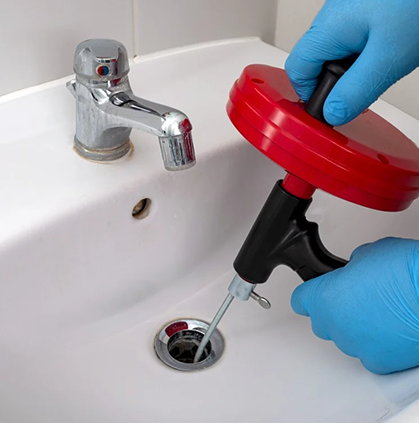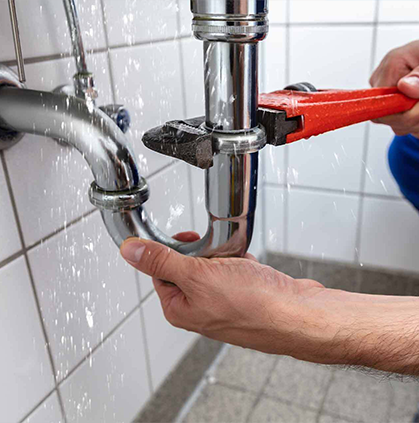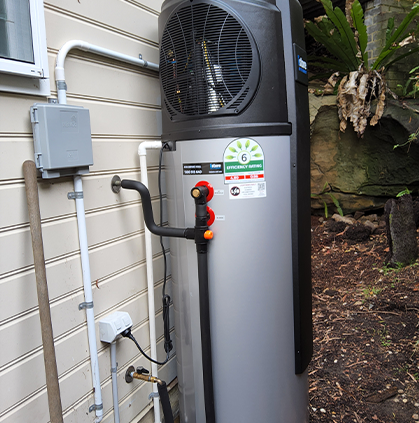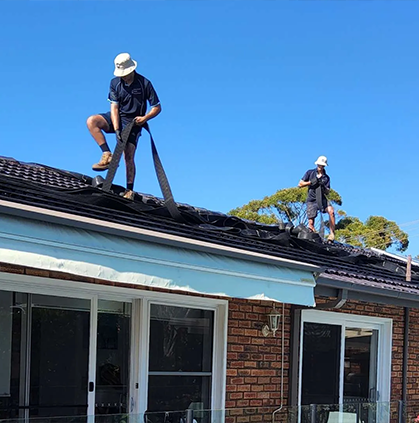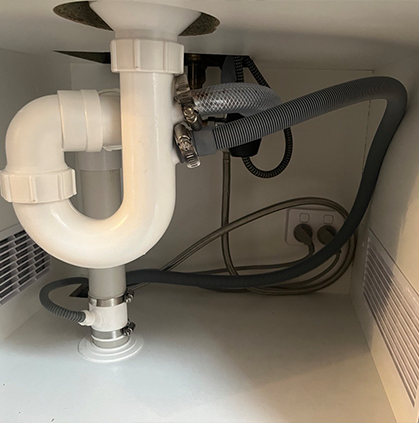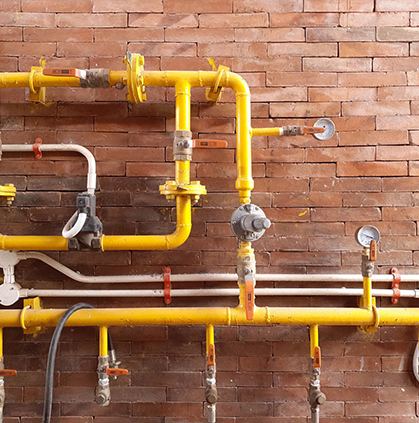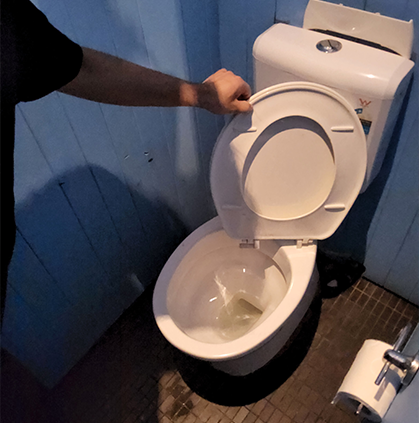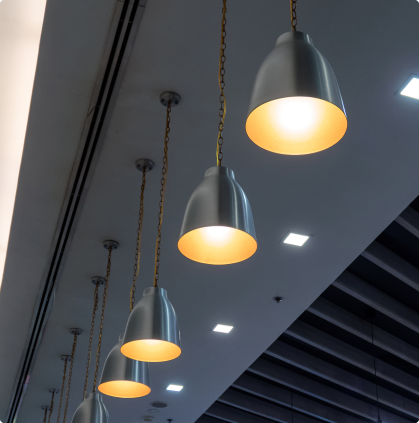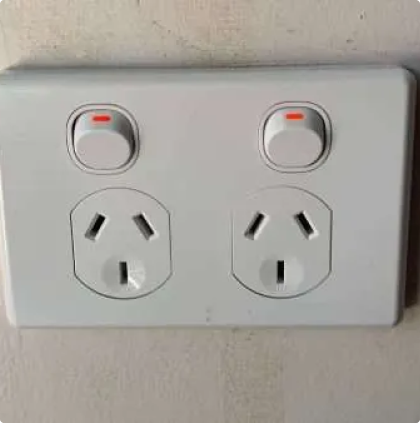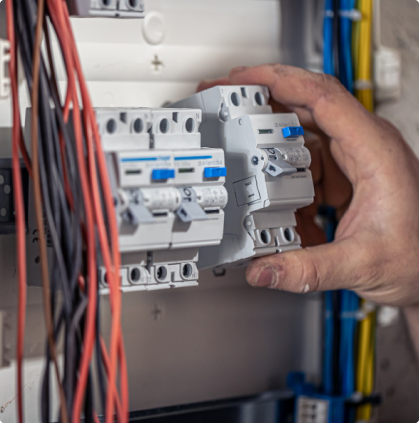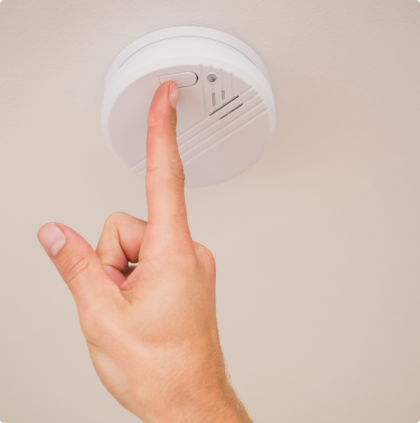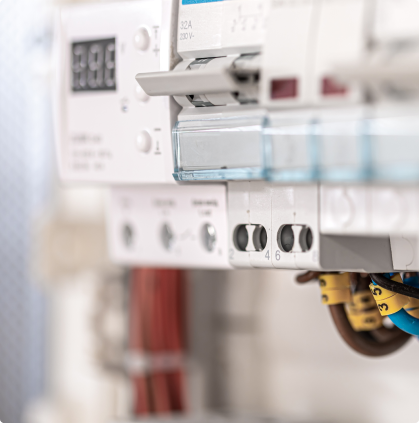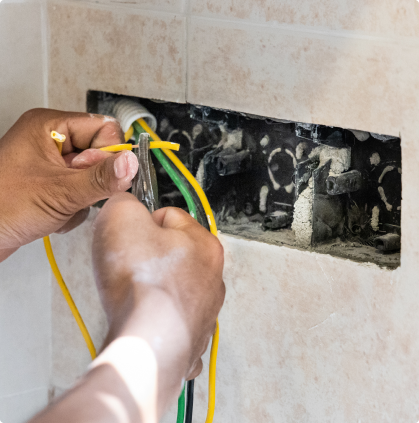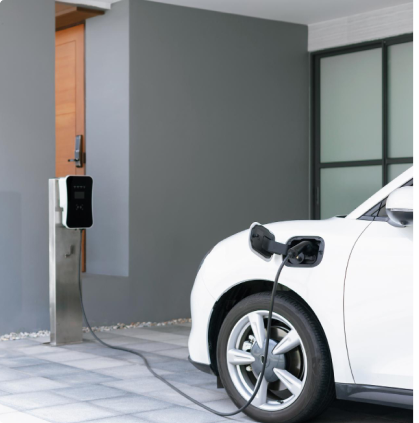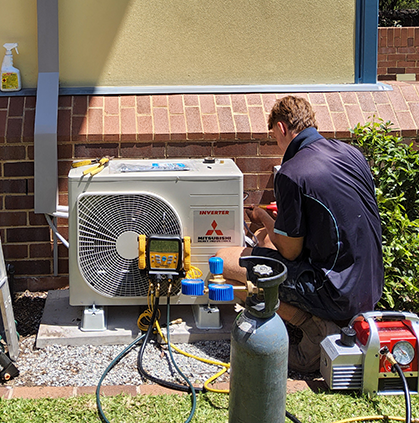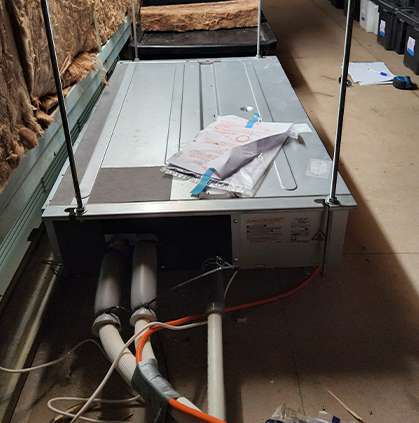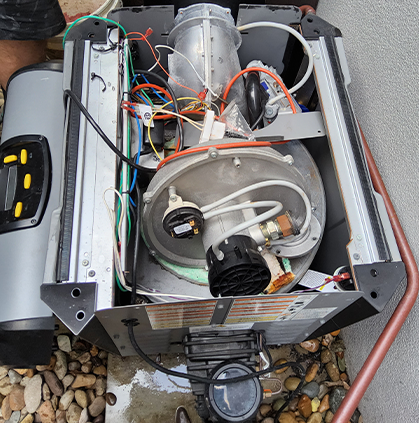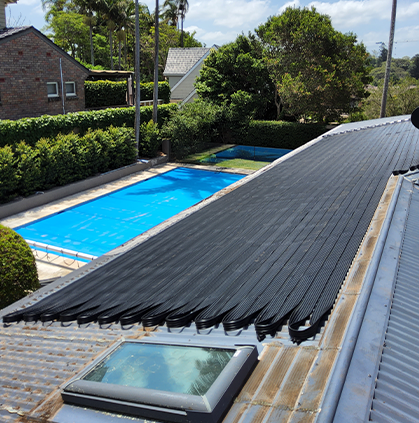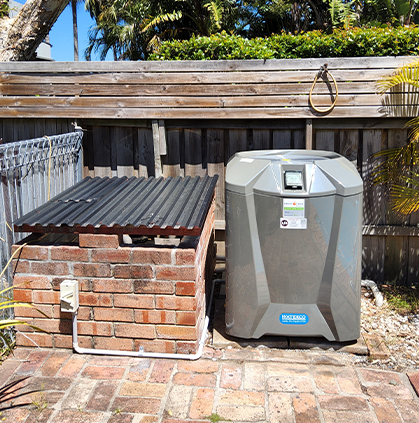The mini-split vs. central air debate is probably something you’ve heard from a friend. However, you’re still torn between these two options with no idea which suits your home.
No worries. This guide compares both systems on efficiency, installation, maintenance, and filtration. So, you can make a confident choice and contact trusted local air conditioning services to handle the job for you.
What are Ductless Mini Split and Central Air Conditioning Systems?
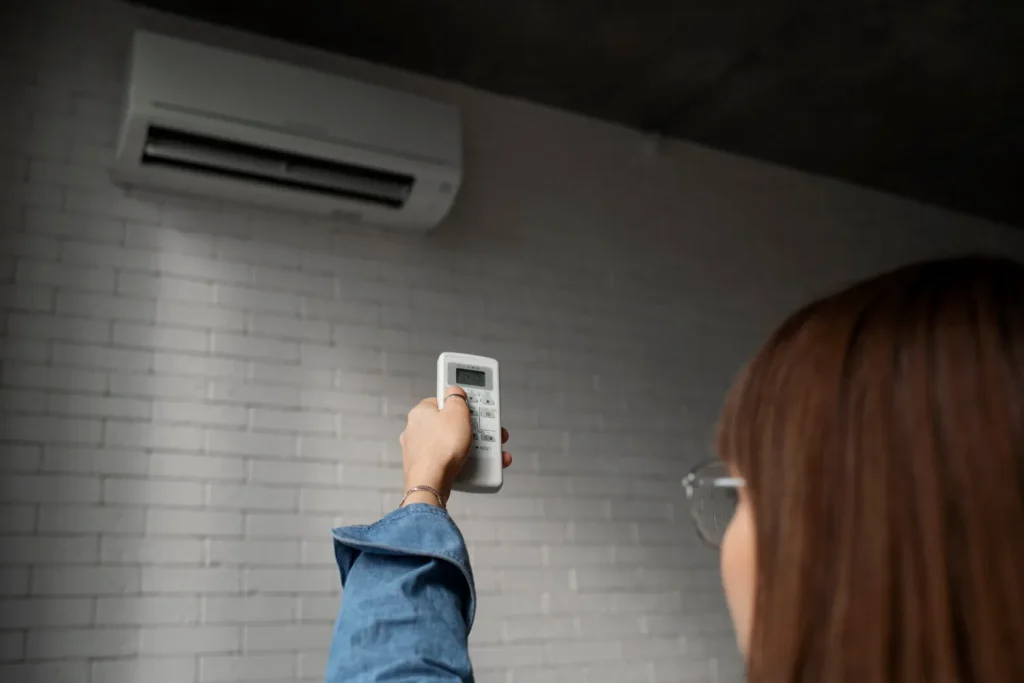
A ductless mini-split is a heating and cooling system that eliminates traditional ductwork. An outdoor unit sits beside your house, connecting to one or more indoor wall-mounted units through refrigerant lines.
A mini-split delivers air directly into each room through its own indoor unit. The outdoor unit is the system’s engine. It compresses refrigerant and pushes it through pipes that run along walls or are hidden inside for aesthetics.
A central air conditioning system is the conventional whole-home solution. It uses hidden ducts to distribute conditioned air from one central source.
That’s how AC systems work with the classic “one unit does everything” approach. An outdoor compressor pairs with an indoor air handler to deliver conditioned air through vents.
The entire system is controlled by a single thermostat on your wall.
Pros of Ductless Split Systems
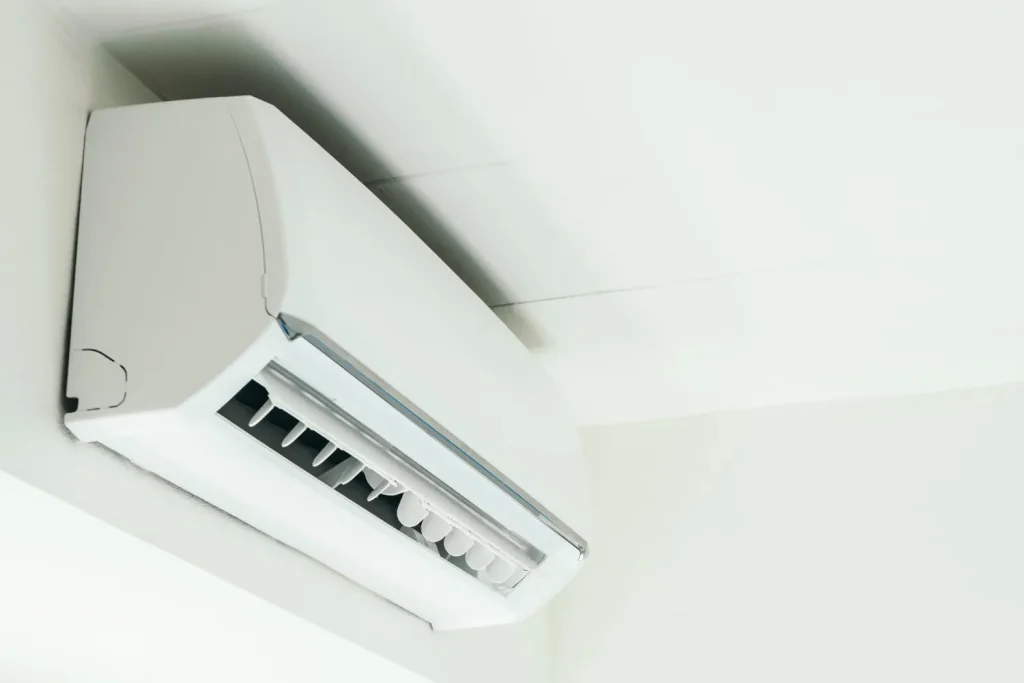
Ductless splits offer several key advantages such as:
1. No Ductwork
Who needs renovation mess when you can just use a ductless split for your HVAC system?
This is the clear difference between mini-split vs. central air. No ductwork means the design can reduce areas with poor airflow, making indoor air quality (IAQ) better. And it looks cleaner, too.
2. Zoned Temperature Control
Ductless splits let each room have its own remote. You can set the living room to a comfortable 22°C and the bedroom to a cool 20°C.
Why choose just one temperature setting for all family members when different rooms can have different temperatures?
3. Energy Efficient
These compact units rank among the most energy-efficient HVAC options available. But, how efficient?
Ductless splits often have SEER ratings higher than 20 and HSPF numbers greater than 10. Some brands can even make three to four times more heat for each unit of electricity they use due to their high COP.
4. Easy Installation
If your home doesn’t have ductwork and you need fast heating or cooling, ductless split systems installation is a great option.
They only need a small hole in the wall for the line set. No need to put large ducts through floors or ceilings. And a professional can usually finish the work in one or two days.
5. Quiet Operation
Ductless mini-splits are designed to be quiet. The indoor units make noise of about 19–25 dB when on low.
The outdoor compressors are louder, but newer models are more neighbour-friendly, usually reaching 40–45 dB. This is quieter than a window air conditioner or most central air systems.
6. Dual Functionality
Ductless split systems are versatile. With reverse-cycle operation, a single outdoor unit can heat in winter and cool in summer, delivering comfort across rooms without a separate heater.
This is great for unpredictable Australian weather. With a remote, you can switch modes anytime. Whether it’s a cold July morning or a hot January day, your mini-split keeps you comfortable.
7. Compact Design
No need to give up closet space or move furniture. Ductless mini splits are great for small apartments and granny flats where space is tight.
Their indoor unit is compact, so it keeps clutter away and gives you more room for what’s important. And multiple indoor heads can share one outdoor unit.
8. Lower Installation Cost
When it comes to mini split vs. central air, installation costs are often the most important thing to think about.
Ductless split systems don’t cost as much to install at the start. No ductwork means less work and fewer materials.
For example, a central AC with ductwork can cost 15,000 to 4,000 to 8,000 per zone, depending on the brand and complexity.
Also Read: How to Calculate the Right Mini Size System for Your Home?
Cons of Ductless Split Systems
Here are some of the disadvantages of installing ductless split systems in your home:
1. No Air Circulation Between Rooms
Ductless minisplits cool only the room they are in, so don’t be surprised if your bedroom feels hot while the living room is very cold.
And without a central return? No steady temperature or fresh air. Your house turns into a mix of hot and cold. Plus, it can cause smells or particles to stay longer.
2. Performance Gaps
Ductless mini-splits aren’t the best at removing humidity. They’re more like helpers. Why? Because they have smaller coils and can’t reach as far, they find it hard to dry out tight spots or behind doors.
And if they keep turning on and off? It’s tough to control the moisture.
3. Refrigerant Line Vulnerability
Unlike central air systems, which operate safely inside your walls, ductless splits have copper refrigerant lines connecting the indoor and outdoor units.
One accidental nick from a hedge trimmer can puncture them, causing refrigerant to leak out. This leads to AC not blowing cold air, reduced efficiency and costly repairs.
4. Multiple Maintenance Points
With ductless splits, each indoor unit is a separate maintenance task. Every head has its own filter, coil, and drain, increasing touchpoints compared to a single central unit.
If you have three wall units, you’ll need to maintain all three. This involves more than just dusting or vacuuming filters. It’s also checking coils, fans, and drain lines on each to prevent clogs and airflow issues.
5. Complex Sizing Calculations
Unlike central systems, mini-splits require BTU calculations for each room. Getting it wrong could result in an oversized system that wastes energy or an undersized one that struggles to keep you cool on hot days.
You need to measure each room accurately. Don’t forget about insulation, sunlight, and how many people are there.
Pros of Central Air Conditioning Systems
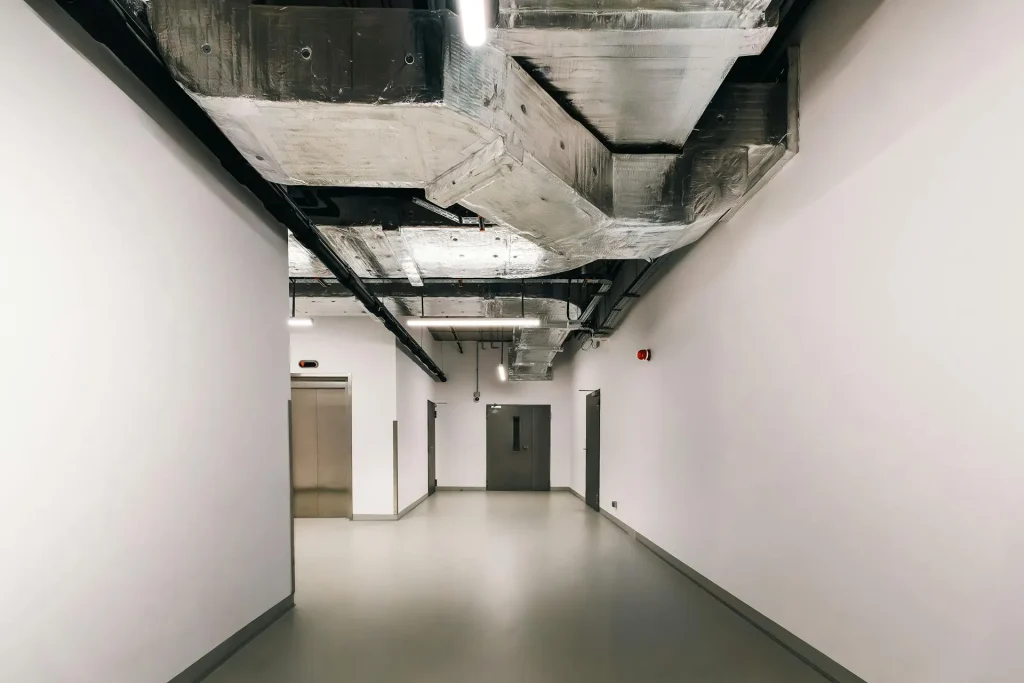
Here’s a simple list of the advantages of central air conditioning systems:
1. Seamless Aesthetics
Ducted central air keeps your place looking neat. No bulky wall units to clutter things up. Your walls stay clean and minimal.
If you’re renovating an old home or going for a fancy style, ducted central AC is a good choice. It lets you preserve architectural integrity without modern tech disrupting the aesthetic.
2. Even Cooling Throughout
Central air keeps the temperature even all around your house, which mini splits can have a hard time doing.
If you want a consistent temperature instead of changing controls in different rooms, central air is the better choice. It sends air evenly to all rooms. You won’t find one bedroom freezing while another feels so hot.
3. Better for Existing Ductwork
If your home already has ductwork, upgrading to a central system is simple. No need to tear down walls or add bulky units. Just install an evaporator coil, connect the outdoor unit, and handle the condensate line.
There’s hardly any disruption. No ladders, no lines running across your outside walls, and no patching up many rooms.
4. Integrated Home Control
With central air conditioning, a single thermostat controls the system. So, is this setup good or bad?
For those who prefer simplicity, it’s ideal. One device to learn, one battery to replace, and one control for the entire house. Some brands also offer scheduling, energy monitoring, and remote adjustments via your phone.
5. Great for Large Homes
A four-bedroom house or a big open living space needs ducted central air. It keeps the temperature the same all over your house.
With a single thermostat, air spreads evenly through hidden ducts. No hot spots, no cold spots. It’s just comfortable air all around from the front door to the back bedroom.
6. Advanced Air Filtration
Central ducted air systems keep your home’s air cleaner than mini-splits. This whole-home approach also helps remove pollen, dust, smoke, and microbes before air enters living spaces.
You can even install high-grade filters like MERV 11 or 13 in a media filter cabinet. That’s a big help for allergy sufferers, asthma patients, and sensitive noses.
7. Single Maintenance Point
A central air system has most work done at one main point. When you need ducted air conditioning repair, the technician will handle filters, coil cleaning, blower checks, and refrigerant inspection all at once.
This makes scheduling easier and reduces the chance of missing maintenance.
8. Easier to Service
In Australia, central air conditioning has been the standard for decades, making it easy to find qualified tradespeople.
Whether it’s routine servicing, filter changes, or capacitor replacements, most have extensive experience with ducted systems and can diagnose problems quickly.
9. Increases Home Value
This is an extra benefit. Ducted central air boosts home value, signalling a well-kept, modern, move-in-ready house.
Some buyers prioritise immediate comfort without hassle. Energy efficiency, SEER-COP, MEPS compliance, and a clear maintenance history make the system even more attractive.
Cons of Central Air Conditioning Systems
When installing a central air conditioning system in your house, you might have these common problems:
1. Single Point of Failure
With one main unit controlling everything, if it breaks, the whole house will lose heating or cooling. There are no backup units in other rooms to save you.
Think of it as losing power to the entire house, not just a single light bulb. That single point of failure means you’re stuck waiting for repairs, which can feel like forever during a hot summer or cold winter.
2. Energy Loss Through Ductwork
Even if your ducts are sealed and insulated, about 10-20% of the cool or warm air still escapes before it reaches your rooms.
This makes your HVAC work harder, costs you more money, and causes uneven temperatures between rooms.
Well, central ducts may look neat, but hidden leaks quietly waste your comfort and efficiency.
3. Duct Contamination Risks
Hidden ductwork in central AC systems can secretly collect mould, bacteria, dust, and even pests. Over time, these things build up inside the ducts and get spread through your home’s air every time the system turns on.
And the dirty air can make you sneeze, cough, get skin irritation, and make breathing harder. Also, dirty ducts can cause a musty smell or a dusty feeling inside.
4. Major Renovation Required
Installing ducted central AC in a house that doesn’t have ducts can be like performing major surgery on your house. You’ll probably need to cut into ceilings, walls, or floors to fit the ducts.
Plus, older homes often lack the space for modern ducted systems, so you may need structural changes just to make it work.
5. Complex Repairs
When your ducted central system stops working, finding the problem is like a car mechanic searching for an engine problem inside a sealed box. HVAC experts must do a lot of detective work to identify the issue.
Is it a blown fuse? Dirty filters? Leaking refrigerant? Or something more hidden like faulty wiring or a broken compressor? You need to check each possibility, often in hard-to-reach places behind walls or ceilings.
Should You Choose Ductless Mini Split or Central Air Conditioning Systems?
For this one, you need to think about your needs, your home’s structure, and your budget:
Choose Ductless Split Systems if:
- You don’t have ducts and want to avoid expensive renovations.
- You want to save energy by cooling or heating only certain rooms.
- You prefer a quick and easy setup with less mess.
- You want to control the temperature in each room and have it run quietly.
- You can add zones later without changing the wiring of ducts.
Choose Central Air Conditioning if:
- You want even cooling or heating throughout your whole house.
- Your home already has or will have ductwork.
- You like hidden vents and a neat, central system.
- You have a bigger or multi-story home that needs full coverage.
- You want one system with one thermostat to control the whole house.
FAQ about Ductless Mini Split vs Central AC Systems
Here are the most common questions when discussing mini-split versus central air conditioning systems:
Is a mini-split cheaper than AC?
Mini-splits cost less upfront if you lack ductwork, saving 15k-50k on installation. Also, mini-splits usually run cheaper long-term. But for large homes, central AC with ducts can be more cost-effective.
Do mini-splits last longer than central AC?
Both systems usually last 15-20 years with proper maintenance. But mini-splits used year-round for heating and cooling may wear out faster than dedicated HVAC systems.
Can you have both central air and a mini-split?
Yes. Many homeowners use hybrid setups. They use central air for the main living areas and mini-splits for extra rooms, sunrooms, or rooms that have temperature problems.
Conclusion
Choosing between ductless mini-splits and central air depends on your home’s layout, budget, and comfort requirements.
Mini-splits are great if you don’t have ducts, want to save energy, and need to control different areas. Central air works better for bigger homes with ducts and provides even cooling throughout.
Whichever you choose, professional installation is key. Our experienced team at Lightning Bult can assess your home, recommend the best system, and handle the installation from start to finish. Contact us today!



